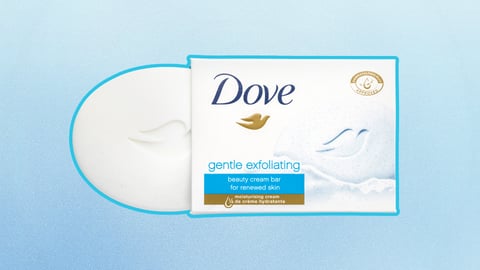Amazon DSP & Search: Better Together
Let’s say you want to advertise to specific groups of potential customers likely to buy your product, and then let’s say you want to target conversion at different points of the sales funnel through granular campaign builds.
If this describes your brand, then Amazon search and DSP are probably right for you. Once advertisers realize the levels of strategy that can be executed using these two Amazon platforms in concert, it can drastically impact campaign performance for the better.
The concept of DSP, which means “demand side platform,” has been around for decades (remember banner ads on your ’90s AOL page?). Historically, advertisers placed direct media buys through individual websites. This has evolved into programmatic media buying through a DSP.
Today, DSP advertising takes multiple forms including banner display ads, pop-up ads, and even the hottest trend centered around OTT television ads. In tandem with a data management platform (DMP) that stores consumer data, a DSP platform lets you programmatically buy display ads on the internet, targeting specific audiences via an ad server linked with the data platform.
A typical search product allows advertisers to find customers looking for products like theirs — while Google’s search platform wasn’t the first, it is the most well-known. Search traditionally is based on a cost-per-click model. The average CPC to reach specific audiences can vary wildly based on competition in particular niches.
Among all the competition, Amazon stands apart with a powerful combination of DMP, DSP and search advertising products. First, Amazon search has the best possible data for manufacturers to identify relevant audiences when it concerns a potential purchase or making purchase recommendations. Unlike their competitors, Amazon’s data is built on shopping but more importantly actual purchase history.
Nothing is as relevant to a brand as saying, "This audience is in-market for your competitor’s products. Wouldn't it be great if you targeted those shoppers who looked at the competitor's product but did not buy their product? Let's go chase them through the internet and serve them ads that bring them back to your products!" That's what Amazon's DSP allows us to do.
An entire next level of leveraging the power of search and DSP together happens when we target their use in specific points of the buyer discovery-to-purchase funnel. We’ve enjoyed seeing challenger brands succeed with highly cost-effective strategies that defy conventional thinking about how and where to employ search and/or DSP in the marketing funnel.
Simply put, the smarter brands are saving on their advertising buys by getting ultra-granular using these tools. They’re winning by relying on advanced software platforms that can access, analyze and interact with Amazon’s purchase data. Better data analysis allows brands to test the limits of the platforms’ search guidelines, integrate their assets and trademarks into their strategies, and employ targeted call-to-actions.
It's fun and exciting to see brands employing a more strategic focus using Amazon search and DSP together. These tools truly let us achieve conversion at any point in the sales funnel. Most importantly, the campaigns built around this approach are so hyper-granular to be highly cost-effective — essentially paying to laser-target their buyer – with spectacular performance. And that’s how we #growthedough in this business!
Joshua Kreitzer is the founder and CEO of Channel Bakers, an Amazon advertising-focused agency. In just four years the agency has grown to more than 100 employees across five offices globally and directly contributed to more than $1 billion in sales on the Amazon platform.





